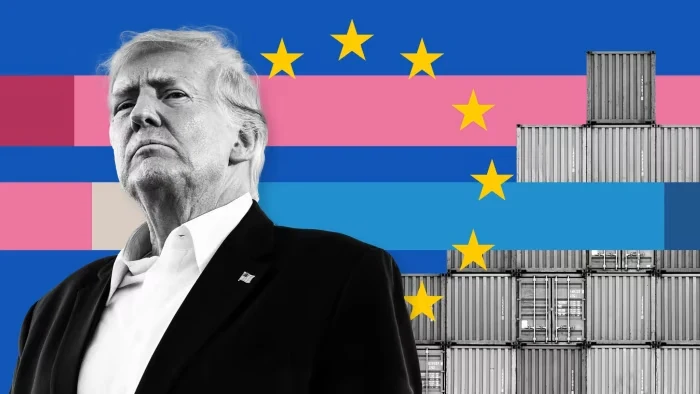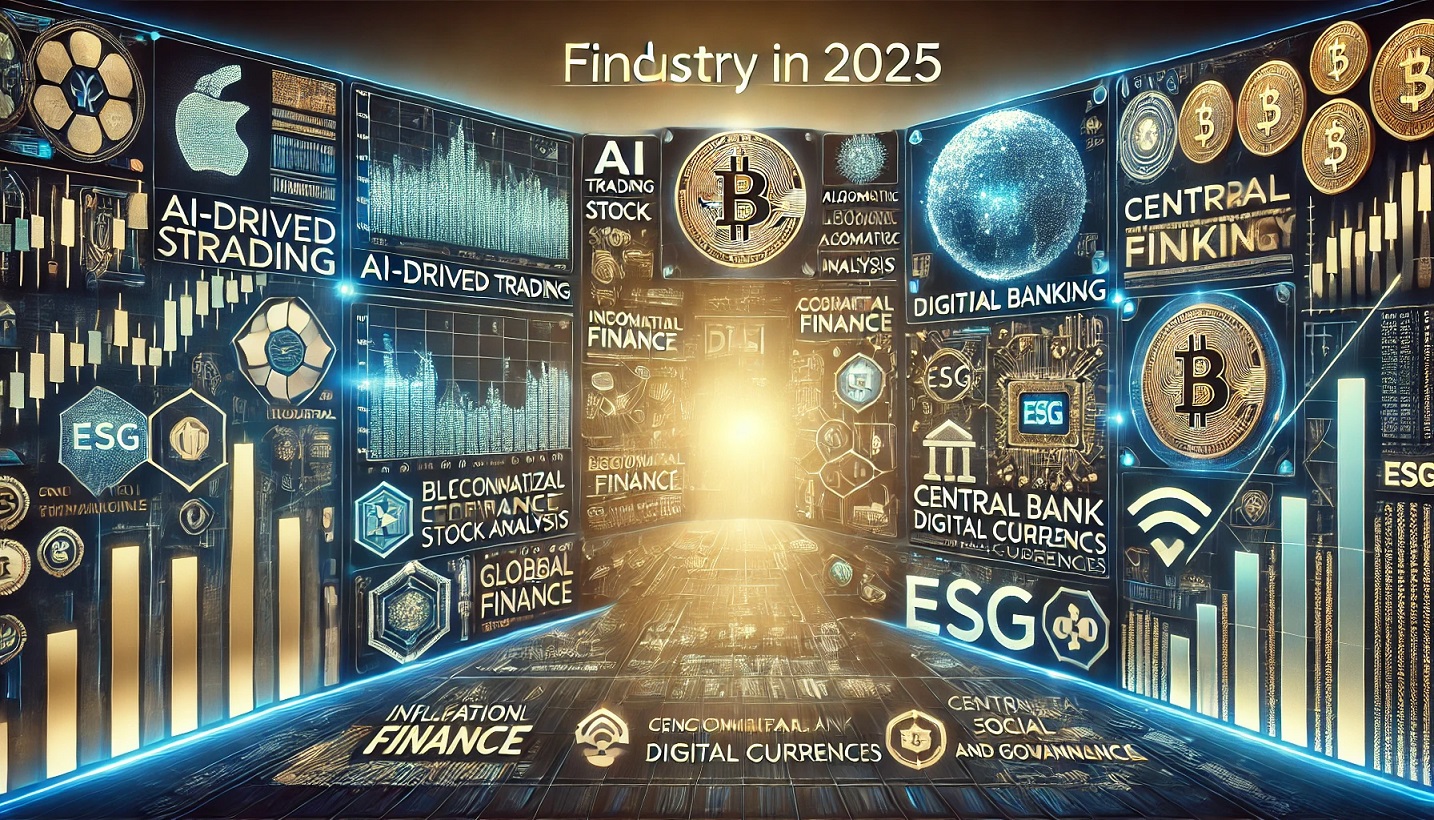🇪🇺 The Winds of Change: Europe’s Financial Awakening
In a bold move that signals a dramatic shift in global finance, Europe is accelerating its drive toward financial sovereignty. The wake-up call? A renewed global order being reshaped by President Trump’s aggressive trade-first economic policies, which are already rewriting rules across continents.
As the United States veers toward protectionism, pulling levers of economic influence with surgical precision, the European Union is refusing to remain a passive observer. The EU is determined to chart a new course—one built on financial independence, capital strength, and reduced reliance on American economic frameworks.
This isn’t just rhetoric. Concrete policies, timelines, and strategies are now being etched into the very architecture of the EU’s financial system—set to fundamentally reshape how money flows, how markets operate, and how economic resilience is measured in the 21st century.
🧭 Strategic Response: A New Financial Frontier for Europe
Europe’s response is not reactionary—it’s visionary. At the heart of the new strategy is a three-pronged framework that aims to secure economic self-determination:
First, a massive push to create a unified European capital market. This would mobilize dormant savings across the continent and channel them into high-growth sectors, tech innovation, and green energy development. The goal is to match the scale, speed, and depth of U.S. markets, providing European companies with homegrown financial lifelines.
Second, the birth of a strong Eurobond market is being fast-tracked. These bonds would function as a truly pan-European financial instrument—a direct alternative to U.S. Treasuries, and an asset class robust enough to draw in global investors seeking stability, yield, and long-term predictability. This marks a potential pivot point in global reserve currency dynamics.
Third, the EU is finally acting to remove long-standing financial barriers between member states. A timeline has been set—full integration of financial markets by July 1, 2027. This includes synchronized banking regulation, shared risk instruments, and common standards for equity, debt, and ESG reporting.
💬 Behind the Scenes: The Realpolitik Driving the Change
The financial sovereignty movement isn’t just about money. It’s about power, security, and survival. With Trump’s new administration leveraging the U.S. dollar and SWIFT-based systems as political weapons, European policymakers have come to a hard conclusion:
“If we don’t build our own financial fortress, we will always be vulnerable to someone else’s war.”
There’s a clear fear among EU leaders that continued reliance on U.S. capital markets, investment banks, and rating agencies could compromise Europe’s ability to act independently—especially in crises, sanctions regimes, or strategic tech disputes.
This existential concern is driving bold measures once considered politically toxic: shared fiscal risk, EU-wide budgetary tools, and stronger European Central Bank powers to stabilize pan-EU financial shocks.
🔍 Financial Infrastructure in Focus: The Rise of Eurobond Power
Few things illustrate this shift better than the rise of Eurobonds. Long resisted by fiscally conservative states like Germany and the Netherlands, the idea is now gaining rapid ground. Under the new plan, Eurobonds would:
Offer a common yield curve for all EU states
Pool sovereign risk, lowering borrowing costs for weaker economies
Create a new safe-haven asset for global reserve managers
Build resilience against U.S. interest rate cycles and dollar volatility
If successful, this could elevate the euro from a regional currency into a global financial powerhouse, capable of challenging the supremacy of the dollar in international settlements, loans, and reserves.
💥 Trump’s Trade Strategy: Catalyst for Continental Transformation
While Europe is racing ahead with reforms, the trigger remains President Trump’s hard-nosed economic nationalism. His administration has:
Slapped fresh tariffs on EU tech and green imports
Pulled back from previous global tax alignment pacts
Pushed energy independence doctrines that reduce transatlantic coordination
Weaponized trade routes and investment review boards to control cross-border capital
By doubling down on “America First” policies, Trump has forced the EU to fast-forward conversations that had dragged on for over a decade. His unpredictability is now Europe's motivation.
As a former Italian Prime Minister wrote this week in the Financial Times, “Trump has given us a reason to finally finish our financial union.”
🛠️ Implementation Timeline: The Roadmap to Sovereignty
The timeline for Europe’s financial transformation is ambitious but deliberate. Key milestones include:
Q3 2025 – Launch of EU Capital Market Modernization Initiative
Q1 2026 – Pilot issuance of EU-backed Eurobonds for infrastructure and defense
Q4 2026 – Cross-border banking regulation synchronization
July 1, 2027 – Target date for full market integration and legal harmonization
By anchoring its reforms to clear dates, the EU is sending a message to investors and allies alike: This is not a political promise. It’s a financial revolution.
📉 Risk Factors: What Could Derail the Vision?
While the vision is bold, it’s not without risks. Key threats include:
Political fragmentation – Populist parties in several EU nations still resist fiscal sharing and Brussels-led coordination
Market skepticism – Without strong buy-in from major asset managers, the Eurobond market may struggle to gain traction
Global volatility – Oil shocks, war escalation, or dollar surges could test the EU’s financial coordination prematurely
But insiders argue that these risks pale in comparison to the danger of continued dependency on U.S.-centered financial norms in an era of global uncertainty.
📈 The Future of Global Finance: Multipolar Monetary Power
As the EU moves to claim its financial destiny, analysts say we’re witnessing the rise of a multipolar financial world. The dollar is still king—but no longer without challengers.
China is pushing its digital yuan, the BRICS are exploring a commodity-backed trading currency, and now Europe is consolidating its monetary and fiscal weight behind a sovereign financial future.
For global investors, multinationals, and policymakers, the implications are massive. New trading corridors, new risk models, and new regulatory regimes are all on the horizon.
🔮 Final Word: Financial Sovereignty Is the New Geopolitical Power
June 22, 2025, may go down in history as the turning point when Europe chose financial self-determination over subordination.
Driven not by confrontation but by calculation, the EU’s push for sovereignty signals a maturing global order—where economic might is no longer measured just in GDP, but in capital autonomy, monetary trust, and institutional cohesion.
Whether or not Europe fully succeeds, the movement is in motion. The rest of the world is now watching—and adjusting accordingly.

















Comments 0